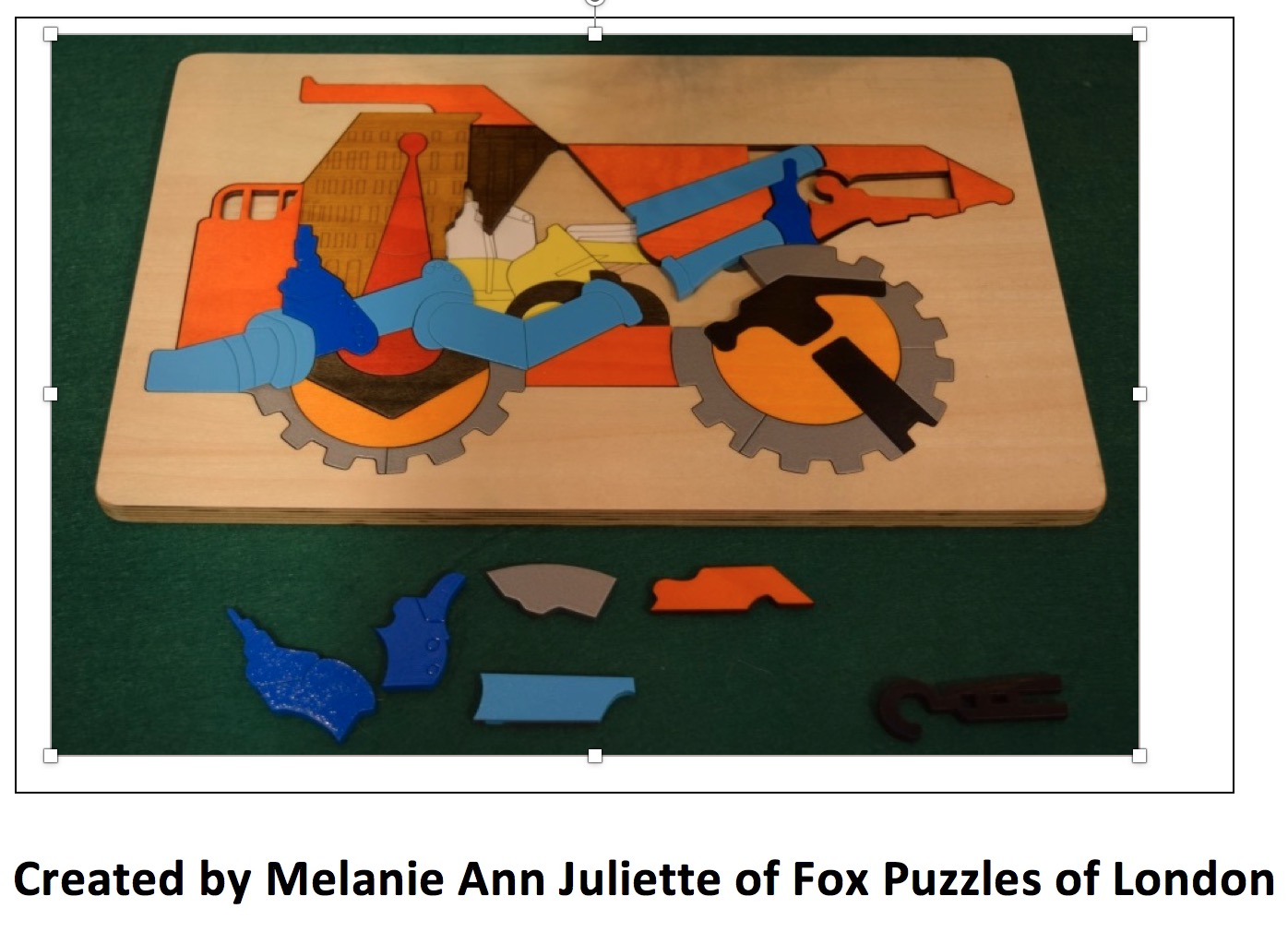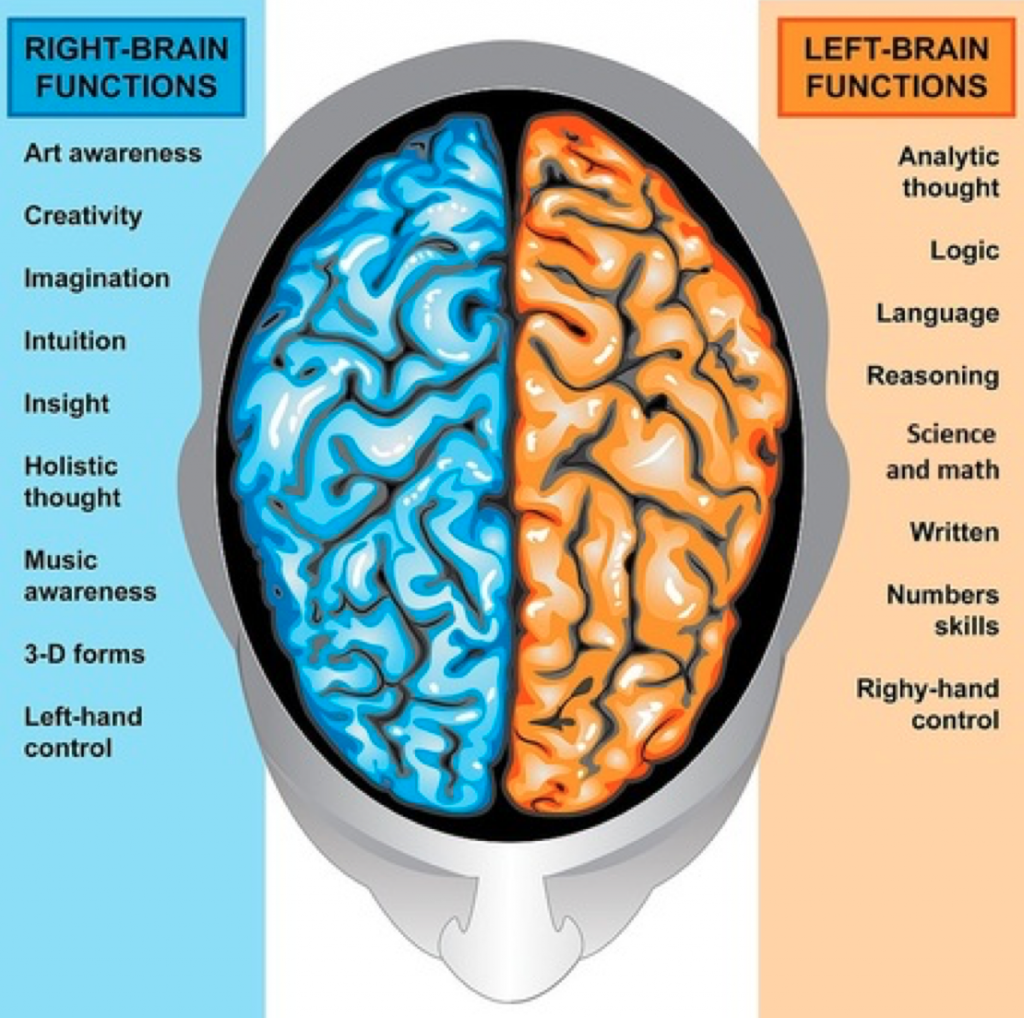 What did Albert Einstein, Ludwig von Beethoven, Leonardo da Vinci, Marie Curie and George Washington Carver all have in common? They were all extraordinarily tapped into the imaginative and visual power of the right brain. Playing with jigsaw puzzles daily will tap into the right brain and will could help reduce the risk of dementia.
What did Albert Einstein, Ludwig von Beethoven, Leonardo da Vinci, Marie Curie and George Washington Carver all have in common? They were all extraordinarily tapped into the imaginative and visual power of the right brain. Playing with jigsaw puzzles daily will tap into the right brain and will could help reduce the risk of dementia.
 Dementia, and more specifically Alzheimer’s Disease, statistics are staggering:
Dementia, and more specifically Alzheimer’s Disease, statistics are staggering:
- Alzheimer’s disease is the most common neurodegenerative disease in the U.S.
- An estimated 5.3 million Americans currently have Alzheimer’s Disease.
- Every 70 seconds, someone in the U.S. develops Alzheimer’s disease.
- In 2002, the prevalence of dementia among individuals aged 71 and older was approximately 3.4 million Americans.
Dementia may cause a person’s mood and personality to change. At first, there may be memory loss and trouble thinking clearly. later, disruptive behaviour and other problems may start.
One of the ways to help treat or even stave off dementia is by giving patients a constant sense of the familiar. Surrounding them with cherished objects can help stimulate the brain and slow the progress of the disease.
Jigsaw puzzles go a long way toward helping to keep those familiar people, places, things, and activities at the forefront of their minds.
Human mind has two separate hemispheres or lobes called right and left-brain with each one dealing in different functions. Right brain deals with emotions and performs tasks holistically while the left-brain functions in linear fashion. When you are able to use both the sides of the brain, you will find that your mind power is harnessed to its best and gets better. Fox Puzzles of London puzzles helps to exercise all cells and both left and right sides of the brain.
Left-brain thinks logically and follows sequence while the right brain is creative, intuitive and emotional. When you try to put together a jigsaw puzzle, you harness both the brainpowers.
It has been studied while playing with jigsaw puzzles that there exists continuous activity thought the brain involving all the cells and parts of the brain. This intense activity works to exercise the brain cells and thereby activate them and increase their efficiency and capacity too.
There have been several studies carried out like the MacArthur study, that has found people who have been doing jigsaw puzzles daily and were fully active and stood to gain a longer life span and also lesser chances of falling prey to Alzheimer’s, memory loss, dementia and other old age problems than those who did not.
The brain produces a chemical known as dopamine that is chiefly responsible for learning and memory. The production of this chemical increases in the brain when it is engaged in solving the jigsaw puzzle.
Working on puzzles and solving them provides many helpful benefits. It makes us alert, increases our concentration, expands our creativity. On the other hand, looking at the images constantly helps us practice visualization, which is again good aid for any physical activity that succeeds mental activity. It also affects our physical health by lowering our breath rate, reducing heart rate and blood pressure too.
Playing with jigsaw puzzles and focusing on the different colour and shapes can induce a certain calmness and peace in the mind. Mind will now be focused only visualizing the image and shape in front and will concentrate on this alone in exclusion to everything else around. Thereby arrives at a meditative and peaceful stage where no other thoughts occur to disturb the tranquillity of the moment..
People get immense and long lasting benefits out of doing jigsaw puzzles on daily basis. It not only sharpens their memory, improves their brain function, but the clarity of mind and thought helps them de-clutter the mind and blow those cobwebs that have accumulated over years. They then begin to see things around them in new light and are able to appreciate their life a lot better. You not only start finding solutions to your problems, but also begin to look forward to everyday in your life.
Just how do jigsaw puzzles help the brain?
Jigsaw puzzles engage the brain to retain information on shapes and colours in order to choose pieces that will fit together properly. This hunt for pieces requires your brain to memorize what each piece looks like or should look like and what kinds of pieces you are searching for in order to complete the picture. Doing this repeatedly reinforces short-term memory.
Jigsaw puzzles also promote a true synergy between the left and right brain. The logical left brain looks at parts. It is sequential, rational, analytical and objective. The left brain is stimulated by problem solving. The creative right brain sees the big picture. It wants randomness, is intuitive and subjective, and even likes the unfamiliar. Jigsaw puzzles offer the best of both worlds.
In solving jigsaw puzzles, the brain is being worked in both hemispheres, thus making connections between the sides as well as between brain cells. The connections enhance the ability to learn, understand and remember. Furthermore, each success with the puzzle – placement of the pieces as well as completing the puzzle – encourages the production of dopamine, an important neurotransmitter in the brain that regulates mood and affects people’s concentration and motivation. Dopamine plays a large part in the pleasure/reward pathway (addiction and thrills), memory and motor control.
Adults who do regular brain activities such as jigsaws puzzles could delay the onset of Alzheimer’s. It could even cut the chances of developing the disease by a third, according to research published in Proceedings of the National Academy of Sciences.
But why do brain activities such as assembling a jigsaw puzzles have such a seemingly powerful effect?
Like any other organ, the brain needs regular exercise. Successfully piecing a puzzle together, even just placing one piece in the right place, encourages the production of dopamine, a chemical that improves learning and memory.
Doing a puzzle, for example, also works both sides of the brain at the same time (the left and right hemispheres). This creates actual “connections” between the left and right sides, as well as connections between individual brain cells. It’s thought that healthier brain cells are better able to control or slow the Alzheimer’s process. Unfortunately there is no evidence that these activities will actually alter the disease.
This latest research from Friedman shows further evidence that simple brain activities have many health benefits and can delay the onset of Alzheimer’s. Anything we can do to keep our brains active, such as doing jigsaw puzzles, must therefore make sense.
Article written by Keith Ridgeway
Risk Based Thinking and Planning (SME) and Co-owner of Fox Puzzles of London
